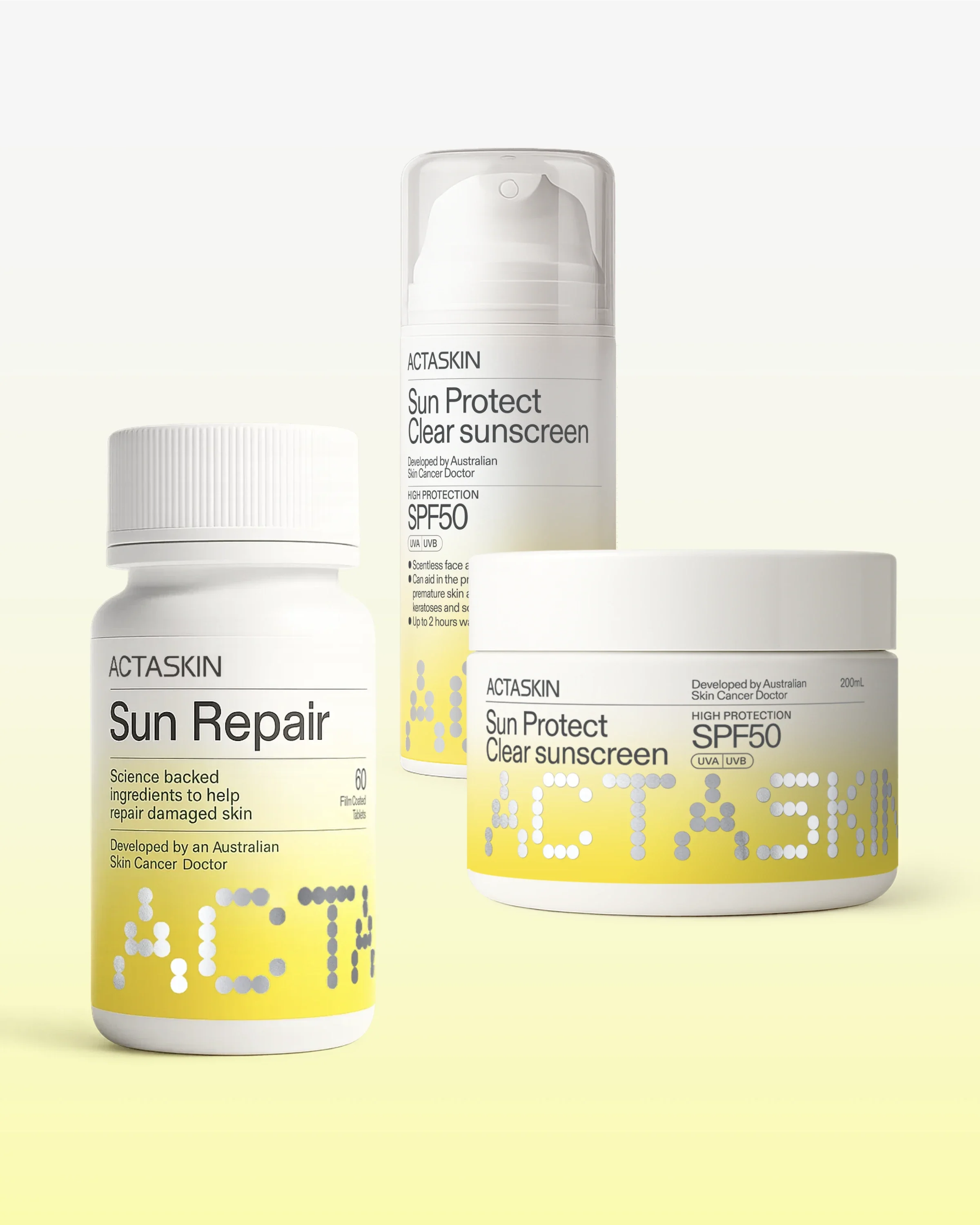"The sun is not as harsh in..."
You’re lounging poolside at a villa in Seminyak, wearing pink love heart sunglasses with a mojito in one hand. Finally, you’re relaxed and soaking up the holiday vibes. You've put on sunscreen, a straw hat, and not much else, and you think,
"Wow, the sun isn’t as harsh here compared to Australia."
I call this the Bali Phenomenon — and I’ve heard it countless times from returning travellers checking in for their skin check with a glowing tan, convinced that a Bali tan isn’t as damaging as one acquired in Australia.
Let’s break down the science behind this misconception.
The UV Index: What You Need to Know
The UV Index measures the intensity of ultraviolet (UV) radiation from the sun at any given place and time. It helps you understand the risk of UV exposure and how much protection you need.
UV Index Scale
| UV Index | Risk Level | Recommended Protection |
|---|---|---|
| 0-2 | Low | Minimal protection required. Wear sunglasses if sunny. |
| 3-5 | Moderate | Seek shade during midday. Use SPF 30+ sunscreen. |
| 6-7 | High | Wear protective clothing, SPF 30+ sunscreen, and sunglasses. |
| 8-10 | Very High | Extra protection needed. Avoid being outdoors midday. |
| 11+ | Extreme | Avoid exposure as much as possible. Skin and eye damage can occur quickly. |
As you know, UV levels fluctuate throughout the day, peaking around lunchtime when the sun is highest in the sky.
Why Is UV Stronger in Bali?
The UV Index tends to be higher closer to the equator, and that's no coincidence. A few key factors explain why:
-
Direct Sunlight: At the equator, sunlight strikes the Earth at a near-vertical angle, concentrating the sun's rays over a smaller area. This makes UV radiation more intense. In contrast, sunlight spreads over a larger area near the poles, reducing its strength.
-
Less Atmospheric Filtering: The sun's rays travel a shorter path through the atmosphere near the equator, meaning less UV radiation is filtered out. Near the poles, the rays travel a longer path, allowing more UV to be absorbed before reaching the ground.
-
Consistent Sun Exposure: Because of Earth's tilt, the equator receives relatively constant sunlight year-round. Meanwhile, locations farther from the equator experience seasonal changes, with reduced UV exposure in winter.

Bali vs. Brisbane: The Latitude Factor
- Bali is located at approximately 8.34° south latitude.
- Brisbane is located at approximately 27.47° south latitude.
Each degree of latitude is roughly 111 km, Bali is about 900 km from the equator, while Brisbane sits approximately 3,000 km away. This makes Bali significantly closer to the equator, and in turn, more prone to intense UV exposure.

So Why Does Australia Feel Harsher?
Or why does the sun feel less harsh when you're in Bali? It’s likely because you’re relaxed, carefree, and unwinding on holiday. When you're feeling good, you may be less aware of the sun’s intensity — but that doesn’t mean it’s any less harmful. Despite Bali's proximity to the equator, Australia is still notorious for extreme UV levels. Much of Australia sits in the Extreme UV Zone during summer — and in many areas, this is true even in winter. Queensland, in particular, is known for intense sun exposure, which can cause unprotected skin to redden within minutes.
The Bottom Line
While Bali's UV exposure is naturally higher due to its location, Australia’s powerful UV radiation still makes sun protection non-negotiable. Don’t let the Bali Phenomenon fool you — a tan from Bali is just as damaging as one from Australia.
So, whether you're lounging poolside in Seminyak or strolling along the Gold Coast, sun protection is a must. Apply sunscreen generously, reapply often, and don’t skip the hat, sunglasses and shade. Future you will thank you.

![MYTH: The Sun Is Not As Harsh In [popular destination]](http://actaskin.com/cdn/shop/articles/actaskin-myth2.webp?crop=center&height=1536&v=1747701774&width=3094)

